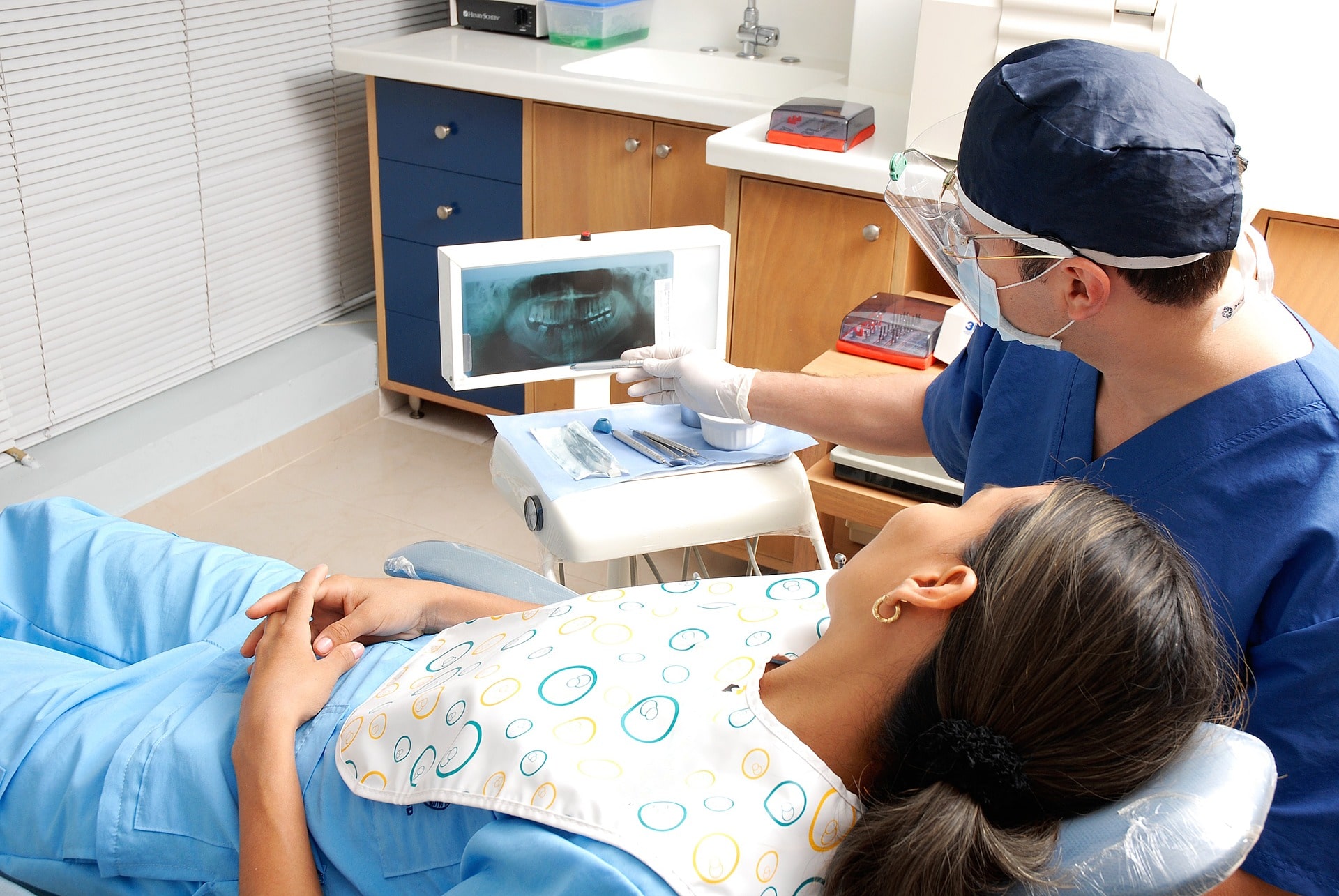
December 4, 2018
How to Manage Multiple Dental Practice Locations

You’ve been bitten by the entrepreneurship bug and have started to wonder if purchasing additional dental practices is your next move. But first, you’ll need to understand what’s involved in owning multiple locations. Here’s how to get your gears moving.
Ask the right questions
Start thinking: Do you have an admin who will oversee and manage the business aspects of each location? Will you work at both locations? If so, how will your time be split up? Are you going to bring on an associate or partner (understanding that associateships are only successful 20% of the time, while partnerships see a 60% success rate)? What are the costs associated with improvements to keep both locations upgraded?
Crunch the numbers
The first consideration that should be made is the amount of operating capital you would need and to make sure you have a good banking partner. From there, you’ll need to clarify options about keeping the two practices completely separate versus centralizing the front office functions, including billing, accounting and scheduling. Determine how you will increase effective cash flow, by focusing on new patients, efficient equipment, better technology and software, and minimize outflow. Additionally, don’t forget the additional cost of advertising and having an online presence.
Assess the location
The success of a second location hinges on just that: its location. Assess the area growth and population, as well as the competition around you. By placing an additional location in a separate socioeconomic area other than that of your primary practice, you may see that while one practice is slow, the other is booming.
Staff accordingly
Simply put, you can’t run two or more offices by yourself, even if you plan to practice at multiple locations. The staff can travel with you, but depending on your growth plan, it may make more sense to have certain staff members exclusively at the different locations, such as admin personnel, other dentists, hygienists and dental assistants.
Count your inventory
Creating an inventory system that keeps all office supplies in one location and extra medical supplies in another will only make everyone’s lives easier. What’s more, investing in technology at the same time will ensure you can manage multiple locations from a central location or database. Consider automating your billing and digital staff scheduling systems at the same time so everyone is on the same page.
Consider all options
Starting from scratch isn’t the only way to grow your practice. Consider strategies that involve either an acquisition or de novo startup, both of which have their perks, but understanding the consequences of either will ensure more pros than cons. Alternatively, consider merging your practice with an existing practice to get an influx of patients without the overhead of another office.
What’s next?
Ready to take the next steps? Contact the experts at Professional Transition Strategies to figure out which path is right for you.








